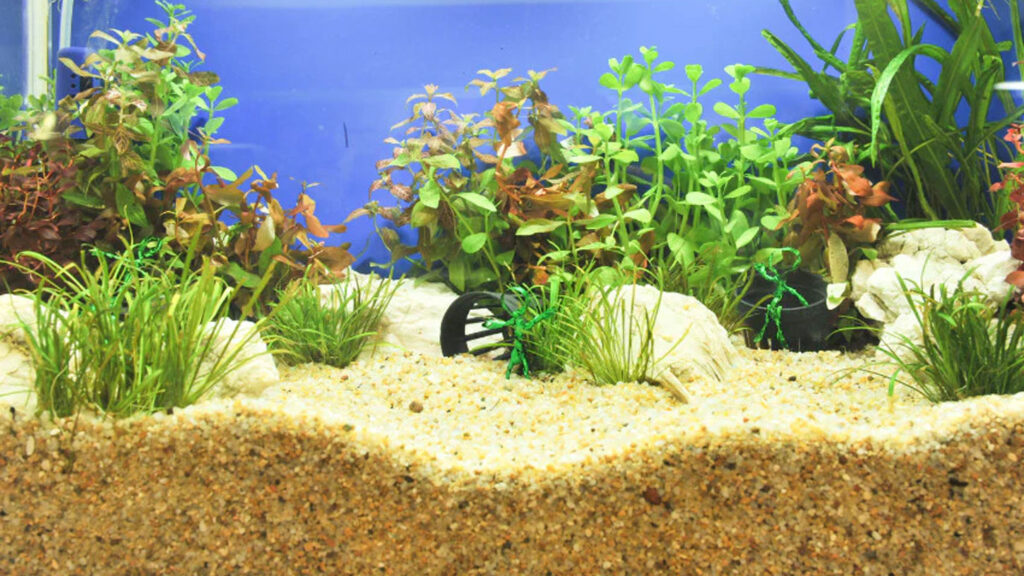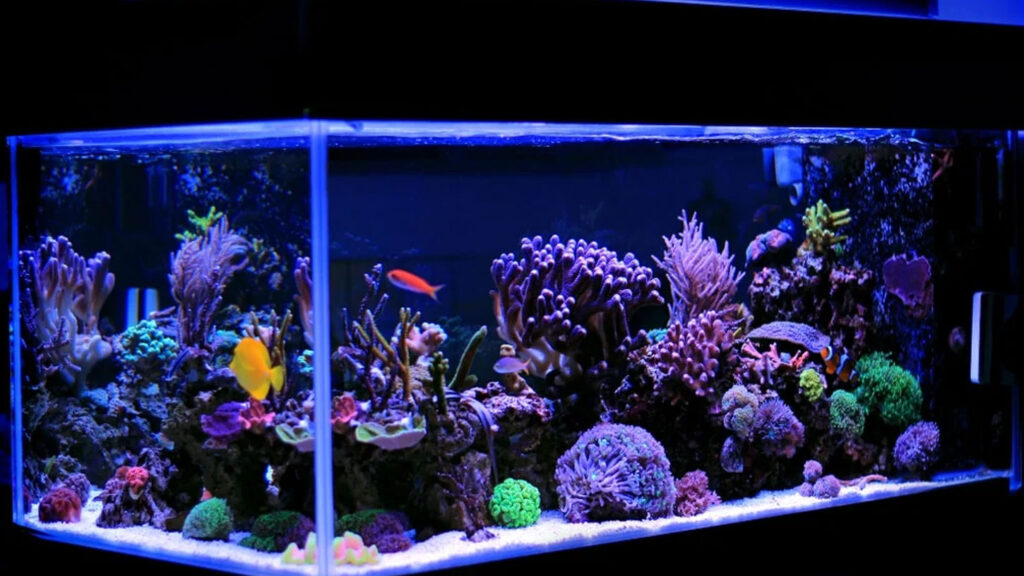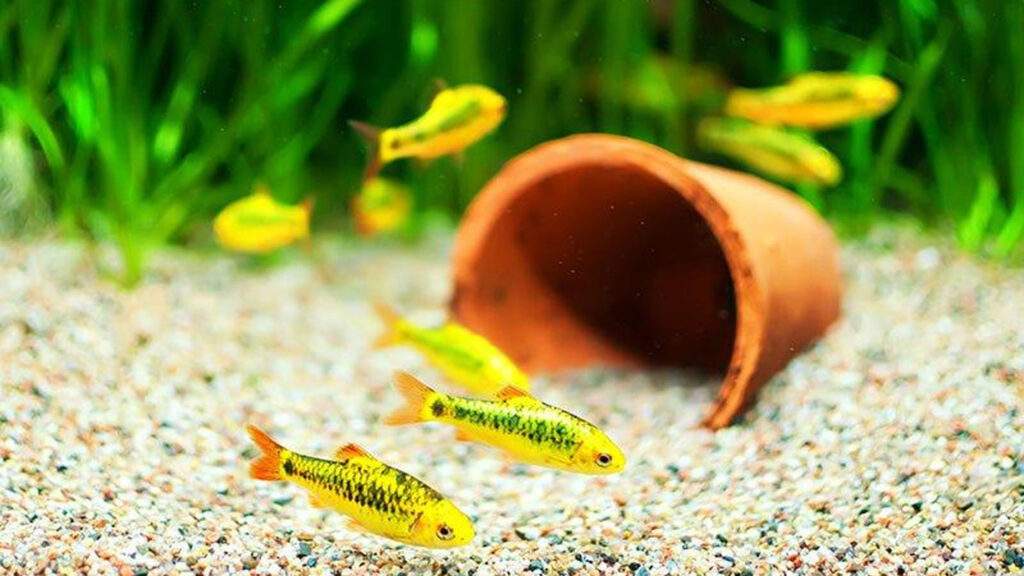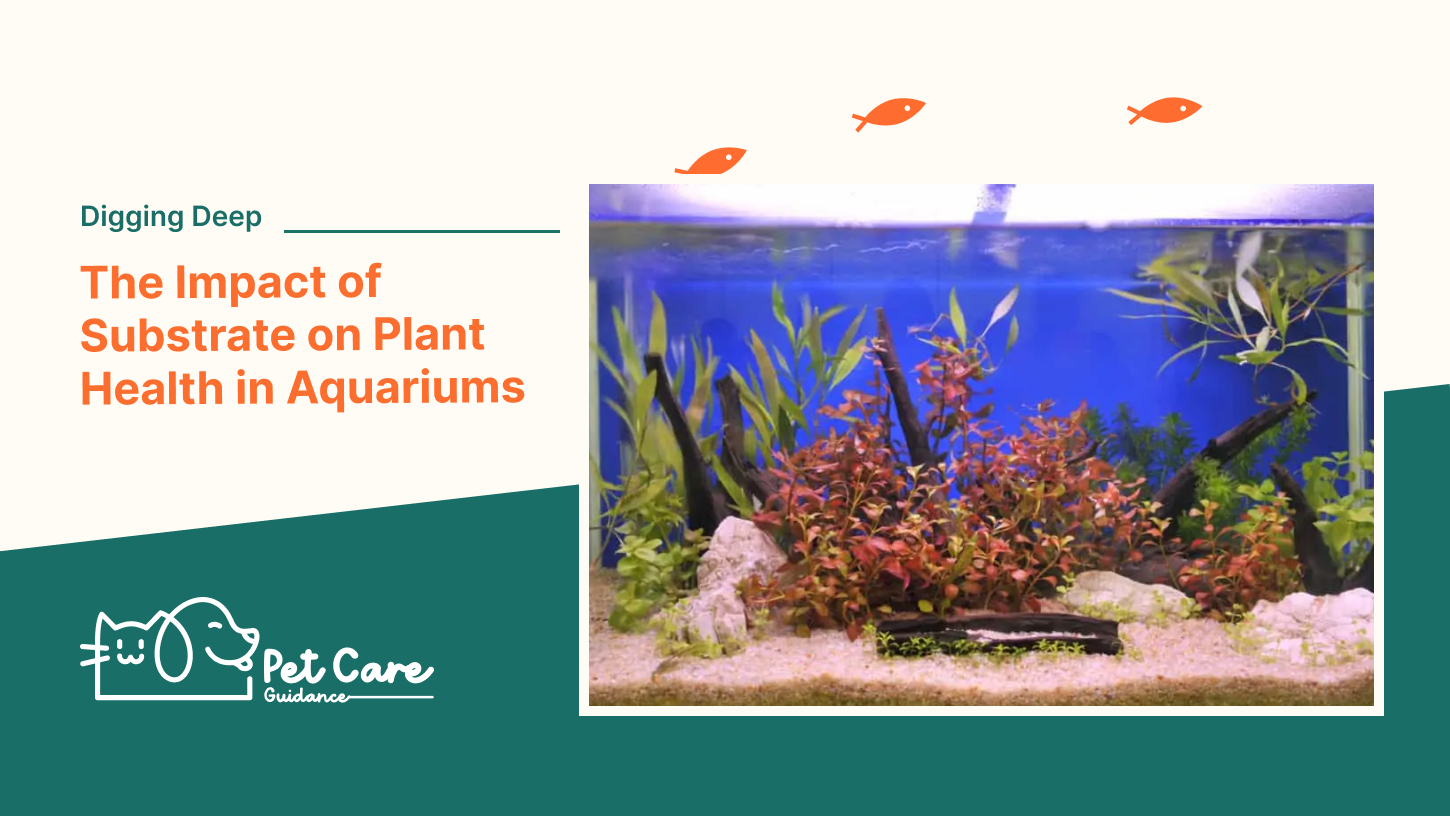Aquarium substrate is an essential component of any fish tank as it provides a base for plants, helps maintain water quality, and supports the overall health of aquatic life. Different types of substrates, such as gravel, sand, or specialized plant substrates, offer various benefits and considerations for aquarium enthusiasts.
Choosing the right substrate for your tank depends on factors like the type of fish or plants you have, aesthetic preferences, and maintenance requirements. Ultimately, selecting the best aquarium substrate requires careful consideration to create a healthy and visually appealing aquatic environment.
Benefits Of Choosing The Right Aquarium Substrate
Choosing the right aquarium substrate is crucial for creating a healthy and visually appealing aquatic environment. Promoting beneficial bacteria growth is one of the key advantages of selecting the appropriate substrate. Beneficial bacteria help maintain optimal water conditions by breaking down harmful toxins, ensuring the overall health of the aquarium inhabitants.
Additionally, the right substrate supports plant growth by providing essential nutrients and anchoring for the plants. This not only enhances the aesthetic appeal but also creates a natural habitat for fish and other aquatic organisms.
From vibrant sand to colourful gravel, the selection of substrate can greatly enhance the aesthetic appeal of the aquarium, creating a visually stunning underwater landscape. By carefully choosing the right aquarium substrate, aquarium enthusiasts can create a thriving and visually captivating aquatic environment.

Factors To Consider When Choosing an Aquarium Substrate
| Tank inhabitants: |
| Consider the species of fish or aquatic animals you plan to keep in your tank. Some species have specific substrate preferences, such as sand for bottom-dwelling fish or gravel for fish that like to dig. |
| Plant requirements: |
| If you plan to have live plants in your aquarium, choose a substrate that provides important nutrients for their growth. Look for substrates specifically designed for planted tanks, such as CaribSea Eco-Complete or Seachem Flourite. Ensure that the substrate has good water retention capabilities to support the root systems of the plants. |
| Maintenance level: |
| Consider your time and commitment to maintaining the aquarium. Some substrates require more frequent cleaning and maintenance, while others are low-maintenance options. Choose a substrate that is easy to clean and doesn’t trap debris, making it easier to maintain a healthy environment for your tank inhabitants. |
Types Of Aquarium Substrate
Gravel:
Gravel is a popular choice for aquarium substrate due to its availability and affordability. It comes in different sizes and colours, allowing you to customize the look of your aquarium. Gravel also provides a surface for beneficial bacteria to grow, which helps to maintain a healthy tank.
Sand:
Sand is another common choice for aquarium substrate, especially for freshwater tanks. It creates a natural and aesthetic look, simulating a sandy riverbed or ocean floor. Sand is also beneficial for bottom-dwelling fish as they can easily sift through it for food.
Clay:
Clay substrate is often used in planted aquariums as it provides essential nutrients for plant growth. It helps to anchor plants’ roots and promotes their development. Clay substrate also acts as a natural filter, improving water quality in the tank.
Crushed coral:
Crushed coral substrate is commonly used in marine tanks or tanks with a high pH level. It helps to maintain alkaline water conditions, which are ideal for certain species of fish and invertebrates. Crushed coral also provides natural buffering properties for maintaining stable water chemistry.
Soil:
Soil substrate, also known as dirt substrate or nutrient-rich substrate, is specifically designed for planted tanks. It contains essential nutrients that plants need to thrive and grow. Soil substrate is usually covered with a layer of sand or gravel to prevent nutrient leaching and maintain tank cleanliness.
Features And Characteristics Of Each Type Of Substrate
Gravel:
Gravel is a versatile substrate option that is easy to clean. It provides good water circulation in the aquarium, promoting a healthier environment for fish and other aquatic organisms.
Sand:
Sand is suitable for bottom-dwelling fish as it mimics their natural environment. It also enhances their natural behaviour, such as sifting and digging. Sand is a popular choice for aquarium owners looking to create a more natural-looking setup.
Clay:
Clay substrate is rich in nutrients, making it an excellent choice for planted aquariums. It provides essential nutrients for plant growth, promoting lush and healthy aquatic vegetation. However, it can also affect water chemistry, so careful monitoring is necessary.
Crushed coral:
Crushed coral is commonly used in saltwater aquariums as it raises pH levels, creating suitable conditions for coral reefs. It also provides a natural aesthetic to the tank, resembling the ocean floor.
Soil:
Soil substrate is beneficial for planted aquariums, as it provides essential nutrients for plant growth. However, it requires careful maintenance to prevent the release of excess nutrients into the water, which can lead to algae blooms.

Choosing The Right Substrate For Different Types Of Aquariums
Choosing the right substrate for different types of aquariums is crucial for the health and well-being of your fish and plants. In freshwater aquariums, options such as basic gravel and crushed coral are popular choices. Basic gravel is easy to maintain and comes in a variety of colors, while crushed coral helps maintain pH levels in the tank.
Planted aquariums benefit from substrates like Eco-Complete, which is easy to work with and provides essential nutrients for plant growth. Sand substrate is also commonly used in planted aquariums and offers a natural look. For saltwater aquariums, the Fluval Plant and Shrimp Stratum is known for its ability to clean algae and debris off leaves.
The Aqueon Plant and Shrimp Substrate is another popular option, as it is easy to plant with and buffers pH levels. Ultimately, the best substrate for your aquarium will depend on your specific needs and preferences.
How To Prepare And Install Aquarium Substrate
Rinsing and cleaning the substrate:
Before installing the aquarium substrate, it is important to rinse and clean it thoroughly. Rinse the substrate under running water to remove any dust, debris, or loose particles.
Layering the substrate properly:
Once the substrate is rinsed, layer it in the aquarium in a way that creates a sloping effect from back to front. This will help create a more natural look and provide different levels for plants and fish to thrive.
Filling the tank with water gradually:
After the substrate is properly laid, start filling the tank with water gradually. Pouring water from a container onto a plate will help avoid any disturbances to the substrate. Fill the tank halfway, pause to allow any air pockets to escape, and then continue filling until the desired water level is reached.
Maintaining And Cleaning Aquarium Substrate
Maintaining and cleaning your aquarium substrate is crucial for the health and well-being of your fish and plants. Regular vacuuming and water changes help remove debris and waste that can accumulate on the substrate, ensuring a clean and healthy environment for your aquatic pets.
When vacuuming your substrate, be sure to use a gravel vacuum or siphon to remove any leftover food, fish waste, and other organic matter. This will help prevent the buildup of harmful bacteria and maintain good water quality in your aquarium.
Monitoring water parameters such as ammonia, nitrite, and nitrate levels is also important in maintaining a clean substrate. These levels should be regularly tested and appropriate measures should be taken to ensure they are within safe limits.
Additionally, consider using a substrate cleaner or a gravel rake to keep your substrate clean and free from any debris that the vacuum may have missed. This will help improve water clarity and prevent the formation of harmful substances that can negatively impact the health of your fish.
By adhering to proper maintenance and cleaning practices, you can provide a clean and healthy environment for your aquarium inhabitants, promoting their overall well-being and longevity.

Common Mistakes To Avoid When Choosing And Using Aquarium Substrate
Choosing the right aquarium substrate is crucial for the well-being of your aquarium inhabitants. However, there are some common mistakes that you should avoid:
1. Using the wrong substrate type for the aquarium inhabitants: Different fish and plants have different substrate requirements. Make sure to research and choose the substrate that suits your aquarium’s inhabitants.
2. Adding too much or too little substrate: Maintaining the correct substrate depth is essential. Too much substrate can lead to anaerobic zones, while too little can make it difficult for plants to establish roots.
3. Neglecting regular maintenance: The substrate should be regularly cleaned to prevent the buildup of debris and waste. Neglecting maintenance can result in poor water quality and unhealthy aquarium inhabitants.
By avoiding these mistakes, you can ensure that your aquarium substrate provides a suitable environment for your fish and plants to thrive.
Frequently Asked Questions On Aquarium Substrate
What Is The Best Substrate For Aquarium?
The best substrate for an aquarium depends on your needs. Some popular options are CaribSea Eco-Complete Planted Aquarium Substrate and Seachem Flourite. It’s important to consider factors such as pH buffering, plant health, and ease of use.
What Is A Substrate In My Fish Tank?
Aquarium substrate is the material at the bottom of your fish tank that provides a foundation for plants and helps maintain water quality. It can be gravel, sand, or specialized substrates that promote plant growth. Choose a substrate based on your aquarium’s needs and the type of fish and plants you have.
Do You Really Need Substrate In An Aquarium?
Yes, substrate is essential in an aquarium as it provides a natural environment for fish, supports the growth of beneficial bacteria, and anchors live plants. It helps maintain water clarity and stability while also enhancing the overall aesthetic appeal of the tank.
What Is The Difference Between Aquarium Gravel And Substrate?
Aquarium gravel and substrate differ in their composition and functionality. Gravel is mainly used for decorative purposes, while substrate provides a nourishing environment for plants and beneficial bacteria. Gravel is typically inert and does not affect water chemistry, whereas substrate can influence pH levels and nutrient availability.
Conclusion
Considering these factors, it is clear that choosing the right aquarium substrate is crucial for the health and well-being of your tank’s inhabitants. From the benefits of inert substrates like basic gravel to nutrient-rich options like CaribSea Eco-Complete, there is a substrate out there for every type of tank.
The key is to consider the specific needs of your aquarium and its inhabitants. With proper research and selection, you can create a thriving aquatic ecosystem that is both visually appealing and beneficial to your aquatic pets. So, go ahead and explore the various options and make an informed decision to provide the best substrate for your tank.


